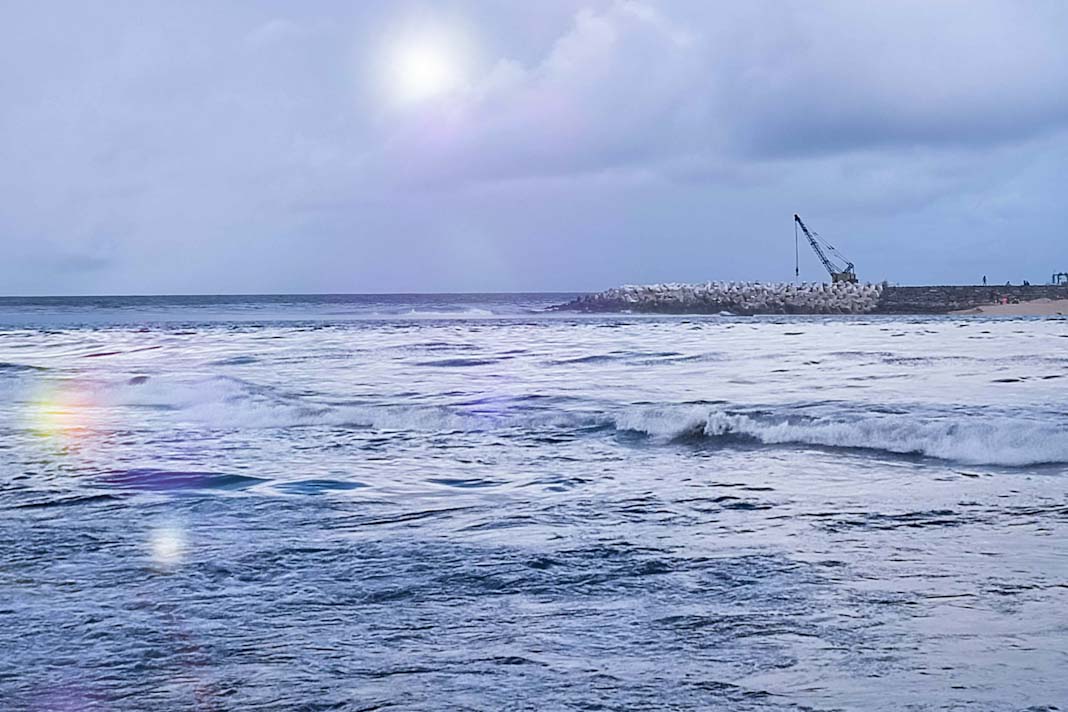- The maritime industry is exploring alternative fuels as part of its longterm strategy to reduce emissions.
- Among these alternatives, biofuels and ammonia have emerged as contenders, each with distinct characteristics and applications.
Biofuels
Derived from organic feedstocks like biomass and wastes, biofuels offer compatibility with conventional bunker fuel infrastructure and engines. They can be used in their pure form or blended with conventional marine fuels, providing a relatively straightforward transition to renewable fuel consumption. CSL in Canada and Holland America Line in the US are among the companies testing biofuels on their vessels.
Ammonia
Ammonia, composed of nitrogen and hydrogen, requires modifications to both engine and fuel supply systems for use in maritime applications. It can be utilized in internal combustion engines or fuel cells for electric propulsion. Despite safety concerns, ammonia is seen as a potential contributor to nearzero emissions in the future. Fortescue in Australia and AET in Malaysia are among the entities exploring ammonia as a bunker fuel.
Recent Developments
- CSL plans to use B100 biofuel on eight bulk carriers, sourced from plant waste.
- Holland America Line bunkered B100 biofuel in Rotterdam for testing in Norwegian fjords.
- Fratelli Cosulich’s bunker vessel in Singapore can deliver methanol and biofuel blends up to B100.
- NYK Line and GCMD are studying the impact of longterm biofuel use on engine performance.
- DNV forecasts significant growth in ammonia bunker demand, with blue and green ammonia expected to play key roles.
- Fortescue completed trials with ammonia bunker fuel on one of its vessels in Singapore.
WinGD will supply ammonia engines for dualfuel aframax tankers ordered by AET, expected to be available by 2026.
Biofuels and ammonia represent two distinct paths toward decarbonizing maritime transportation. While biofuels offer immediate emissions reductions, ammonia holds promise for achieving nearzero emissions in the future. Continued research, testing, and infrastructure development are essential to realize the potential of these alternative fuels in the maritime industry’s sustainability efforts.

























